 Shutterstock
Shutterstock
Before doggy DNA tests and designer pups, some breeds roamed with pharaohs, guarded temples, and hunted alongside early humans, long before sliced bread or smartphones. These ancient dogs weren’t just companions; they were protectors, status symbols, and spiritual icons woven into the fabric of early civilizations. Their loyalty, intelligence, and grit earned them a place in history books, mythology, and royal tombs. These enduring breeds didn’t just watch history unfold—they helped write it, one pawprint at a time. And yes, they’ve always been a little stubborn about bedtime.
Saluki
 Shutterstock
Shutterstock
Salukis are one of the oldest known dog breeds, dating back over 4,000 years to ancient Egypt and the Middle East. These elegant sighthounds were considered gifts from the gods and often mummified alongside pharaohs, just in case the afterlife needed a bit of class and speed. Known for their slim build and graceful gait, Salukis were bred to chase game across vast desert landscapes, making them both regal and ruthless in a sprint. Their presence in ancient carvings and tombs shows they weren’t just pets but part of the royal legacy. Basically, Salukis were the ancient world’s greyhound supermodels with divine status.
Basenji
 Shutterstock
Shutterstock
The Basenji is so old that it predates barking as a form of communication. Known as the “barkless dog,” this breed hails from central Africa and was used for hunting due to its stealth, intelligence, and cat-like independence. Basenjis were prized by tribes for their ability to track prey silently, and even carried bells to help their humans keep track of them in the dense forests. Images of Basenjis have been found on Egyptian tombs, suggesting they’ve been silently judging humanity for a long time. With their yodels, quirks, and legendary aloofness, they’re basically the ancient hipsters of the dog world.
Tibetan Mastiff
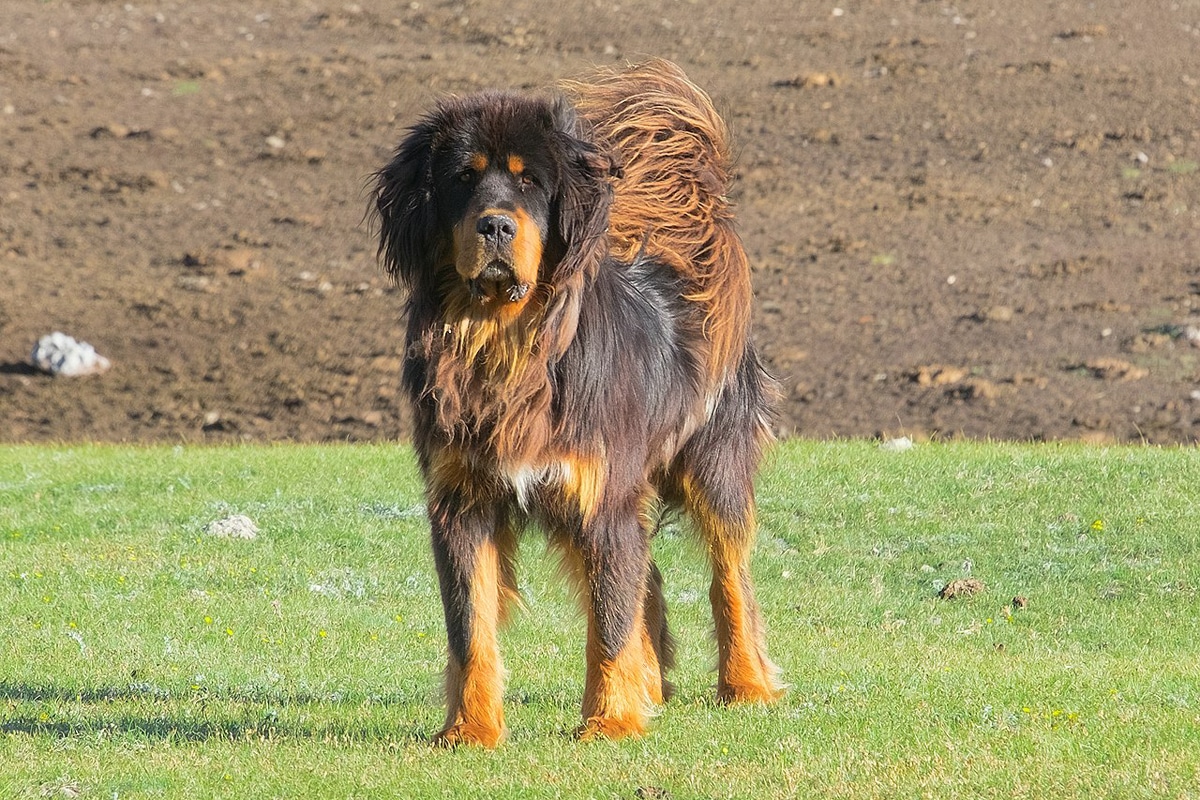 Shutterstock
Shutterstock
Tibetan Mastiffs were the original temple guardians—massive, majestic, and probably shedding since the dawn of civilization. These dogs are as ancient as the mountain air, developed in the Himalayas to protect livestock and monasteries from predators and intruders. Their imposing presence, deep bark, and fierce loyalty made them indispensable to Tibetan nomads and monks alike. Rumored to have lion-like qualities and an independent streak a mile wide, these giants carry an air of wisdom and mystery. If a bear needed to be scared off while a monk meditated, the Tibetan Mastiff handled it—no questions asked.
Akita Inu
 Shutterstock
Shutterstock
The Akita Inu originated in Japan and was revered as a symbol of strength, loyalty, and good fortune. These dogs were bred to hunt wild boar and bear, and their robust build reflects that heritage. Akitas were so cherished that they were once reserved for royalty, and gifted statues were often given to people for health, success, or childbirth. They’re best known today for the story of Hachikō, the Akita who waited at a train station every day for years after his owner passed away. Ancient devotion is practically hardwired into their DNA.
Pharaoh Hound
 Shutterstock
Shutterstock
Despite their name, Pharaoh Hounds are not directly Egyptian, but they definitely look like they belong on a pyramid. This sleek, amber-eyed beauty actually traces back to Malta, where it was bred to hunt small game over rocky terrain. The breed’s resemblance to dogs depicted in ancient Egyptian art is uncanny, and their name keeps the mystique alive. They’re known for their ability to “blush” (their noses and ears turn pink when excited), the ancient canine equivalent of squealing with joy. Regal yet goofy, Pharaoh Hounds are the ancient jokers of royalty.
Chow Chow
 Shutterstock
Shutterstock
With a face like a lion and the tongue of a blueberry slushie, the Chow Chow is easily one of the most unique ancient breeds. Originating in northern China, this breed dates back to the Han Dynasty and was used for hunting, guarding, and even pulling sleds—basically a fluffy all-terrain vehicle. Chows were so esteemed that they were kept in imperial kennels and even inspired poetry and paintings. Their stoic, sometimes aloof personality isn’t cold—it’s just 2,000 years of royal dignity. That blue-black tongue? It’s the ancient mark of exclusivity.
Afghan Hound
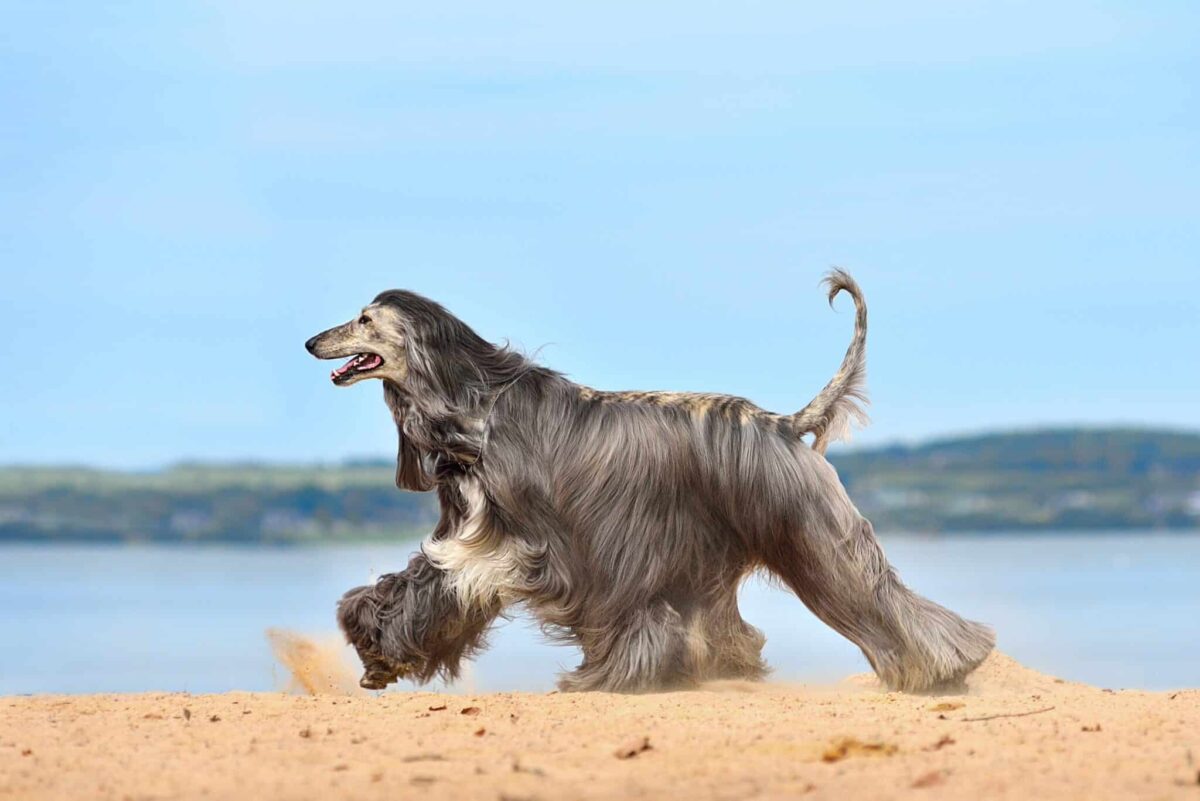 Shutterstock
Shutterstock
Afghan Hounds are the drama queens of antiquity—and proud of it. With long, flowing coats and an aloof attitude, these sighthounds were developed in the mountainous regions of Afghanistan to chase prey with elegance and efficiency. Revered for their beauty and speed, Afghan Hounds were often considered prized possessions of royalty and tribal chieftains. Their mysterious gaze and disdain for dirty paws make them feel like they should’ve had their own caravan and entourage. If fabulous had a breed, it would be wearing a silky coat and posing dramatically against desert rocks.
Shar Pei
 Shutterstock
Shutterstock
Wrinkly since birth and dignified ever since, the Shar Pei is a breed with ancient China written all over it—literally, in some cases. Dating over 2,000 years, these dogs were bred for guarding, hunting, and occasionally, dog fighting. Their distinctive loose skin protected them in combat, and their scowling expression deterred would-be troublemakers. Long before they were trendy Instagram pups, they were loyal companions to Chinese peasants and nobility alike. Basically, if you wanted a dog with a built-in bathrobe and body armor, the Shar Pei had you covered.
Alaskan Malamute
 Shutterstock
Shutterstock
Before sled dogs had teams and sponsors, the Alaskan Malamute was hauling supplies and helping humans survive arctic conditions like a furry hero of the ice age. Developed by the Mahlemut people of Alaska, these powerful dogs were bred for endurance and strength, not speed, and worked side-by-side with native communities for centuries. Malamutes helped pull sleds, hunt game, and provide warmth in freezing climates, both physical and emotional. Their loyalty is as deep as a snowdrift, and their howls are practically a call from the past. If you needed to survive in ancient tundra, your best teammate came with fur and four paws.
Xoloitzcuintli
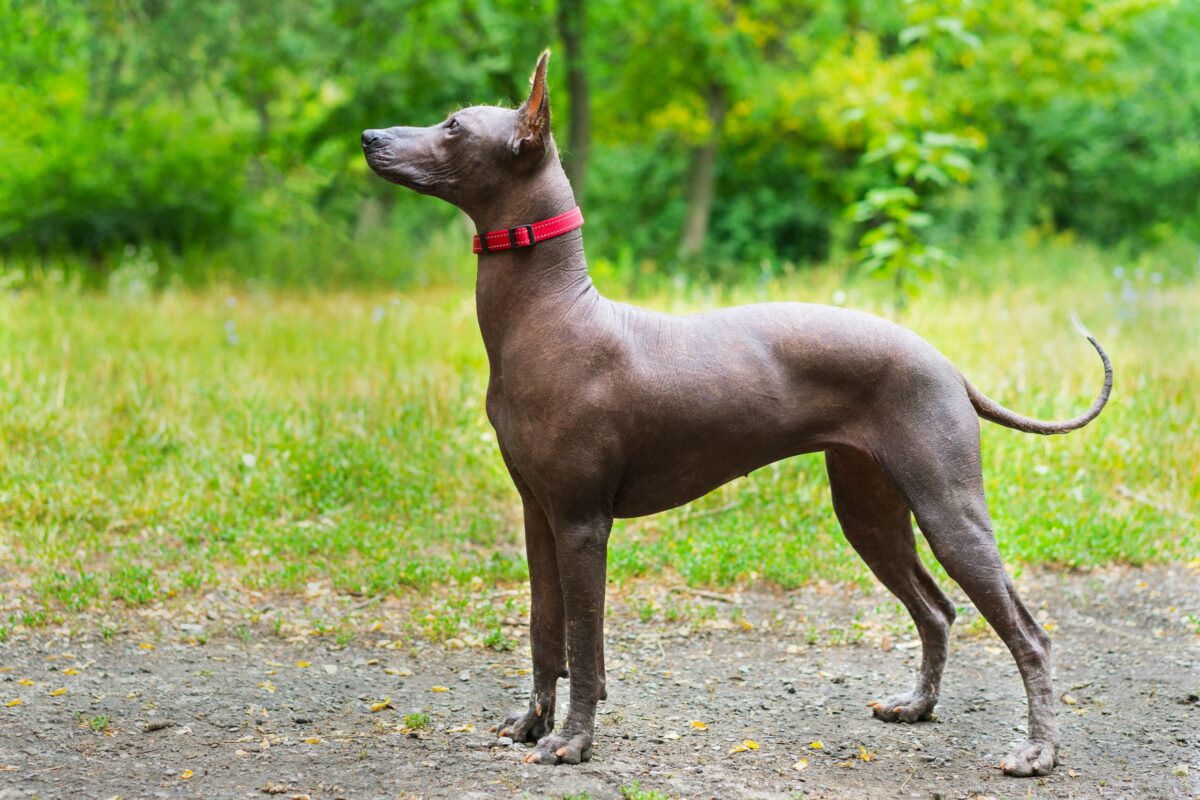 Shutterstock
Shutterstock
The Xoloitzcuintli, or Xolo for short (thankfully), is Mexico’s ancient, mostly hairless guardian dog. Believed to be sacred by the Aztecs, Toltecs, and Maya, these dogs were often buried with their humans to guide them through the afterlife. Aside from their spiritual roles, Xolos were used for protection, healing, and warmth—yes, they were ancient heating pads with soulful eyes. Their sleek, alien-like appearance may be modern-chic, but their roots are steeped in thousands of years of indigenous tradition. You didn’t just own an Xolo—you entrusted your soul to one.
Samoyed
 Shutterstock
Shutterstock
With their signature smiles and fluffy white coats, Samoyeds have been charming humans since the days of sleds, reindeer, and fur-lined everything. Bred by the nomadic Samoyede people of Siberia, these dogs were used for herding, sled-pulling, and acting as nighttime heaters. Their cheerful demeanor and hardworking attitude made them essential to survival in brutal cold climates. Samoyeds never just did one job—they did all of them, and they did them while looking fabulous. If ancient multitasking had a mascot, it would be a Samoyed grinning through a snowstorm.
Canaan Dog
 Shutterstock
Shutterstock
The Canaan Dog is the national dog of Israel, but its roots go far deeper—literally buried beneath centuries of Middle Eastern history. Descended from wild pariah dogs, Canaan Dogs were used by ancient desert dwellers to guard camps and flocks. These self-sufficient, intelligent dogs survived for generations without human interference, making them one of the most resilient breeds. Rediscovered in the 20th century, they were found thriving in the wild, proving their ancient street smarts and natural instincts never dulled. Think of them as the survivalist minimalists of the ancient dog world.
Lhasa Apso
 Shutterstock
Shutterstock
The Lhasa Apso was bred to guard Tibetan monasteries, but don’t let the size fool you—these little dogs take their job very seriously. Their long flowing coats and watchful eyes alerted monks to any intruder or out-of-place squirrel. Lhasas were never sold for centuries, only gifted as a sign of great honor. Their regal attitude and confident strut suggest they remember those glory days and fully expect to be treated accordingly. You might think you own a Lhasa Apso, but you’re just a humble member of their ancient court.
Archaeology, But With Belly Rubs
 Shutterstock
Shutterstock
These ancient dogs didn’t just walk beside history—they ran, guarded, hauled, and napped beside it. Their bloodlines survived wars, empires, migrations, and centuries of humanity’s weird decisions. They’ve been immortalized in stone carvings, folklore, and the occasional royal tomb—and now, they’re snoring on your couch. Whether bred to guard a temple or to chase prey across deserts, these dogs have been loyal, fearless, and occasionally dramatic since long before we had doorbells. So the next time your dog side-eyes you like they’ve seen it all… they probably have.

 5 days ago
9
5 days ago
9





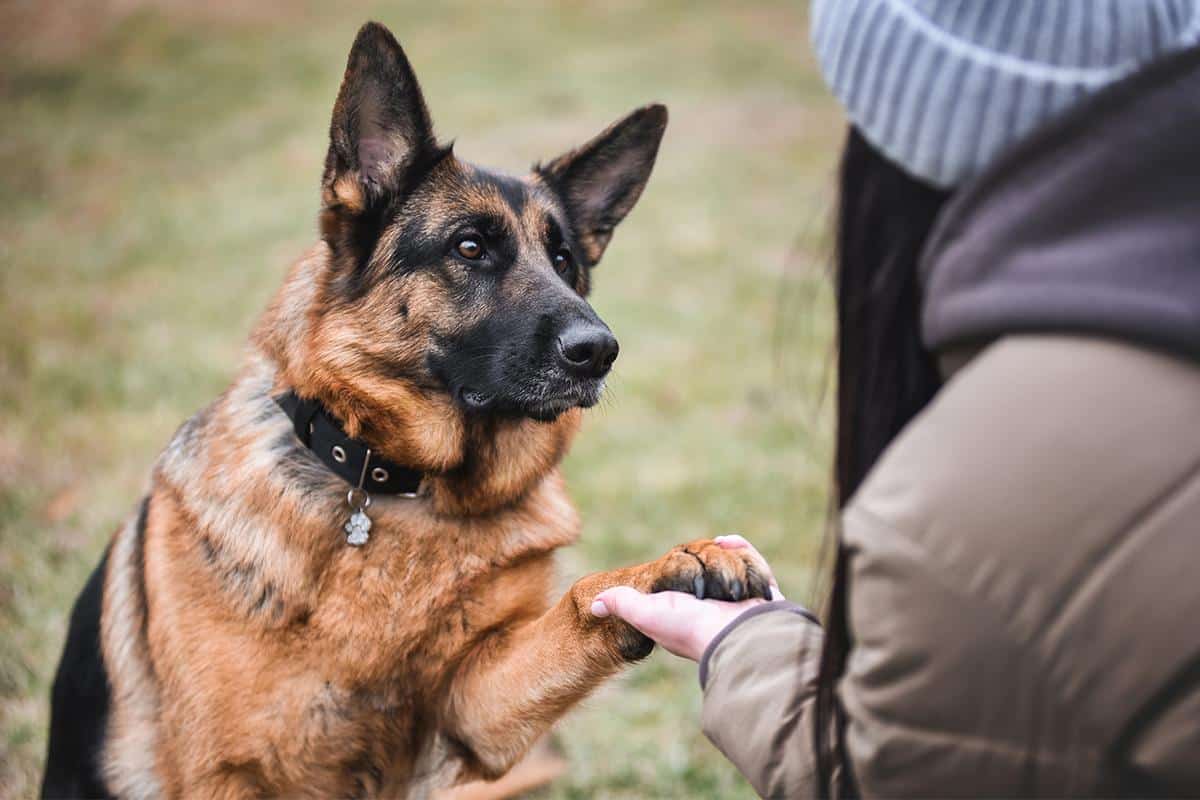


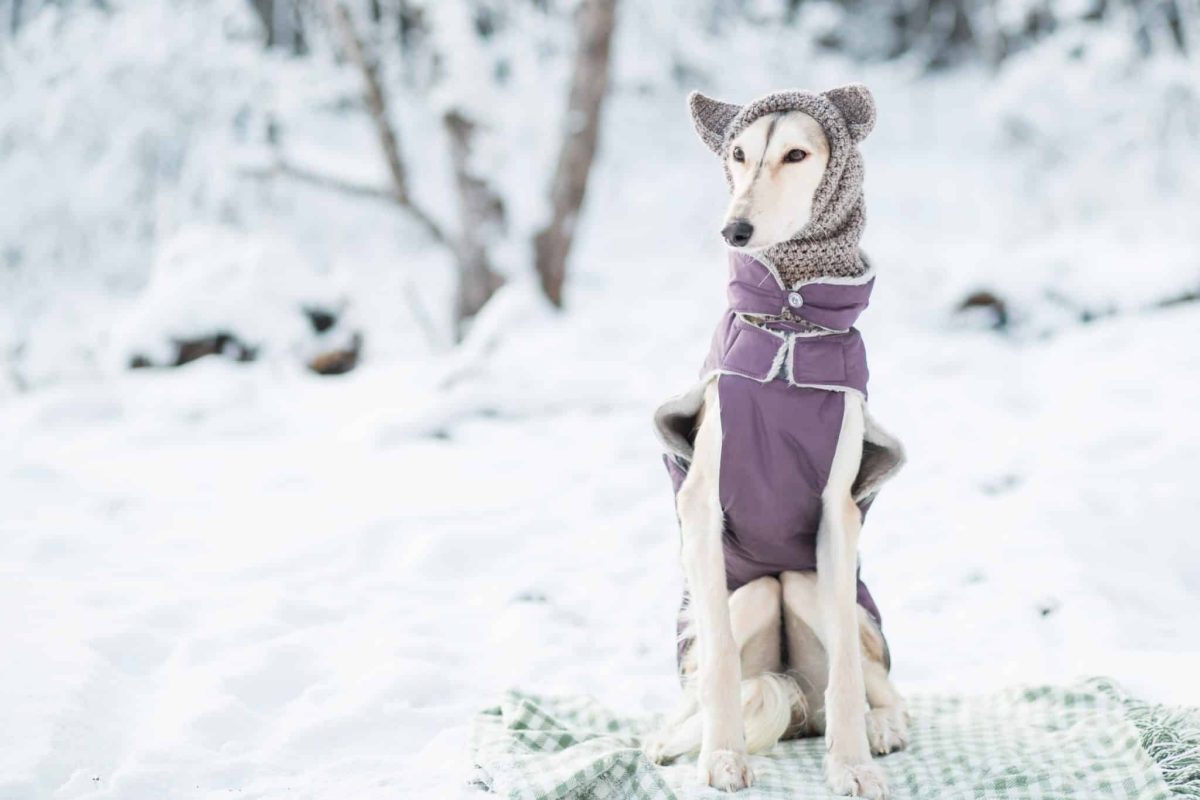
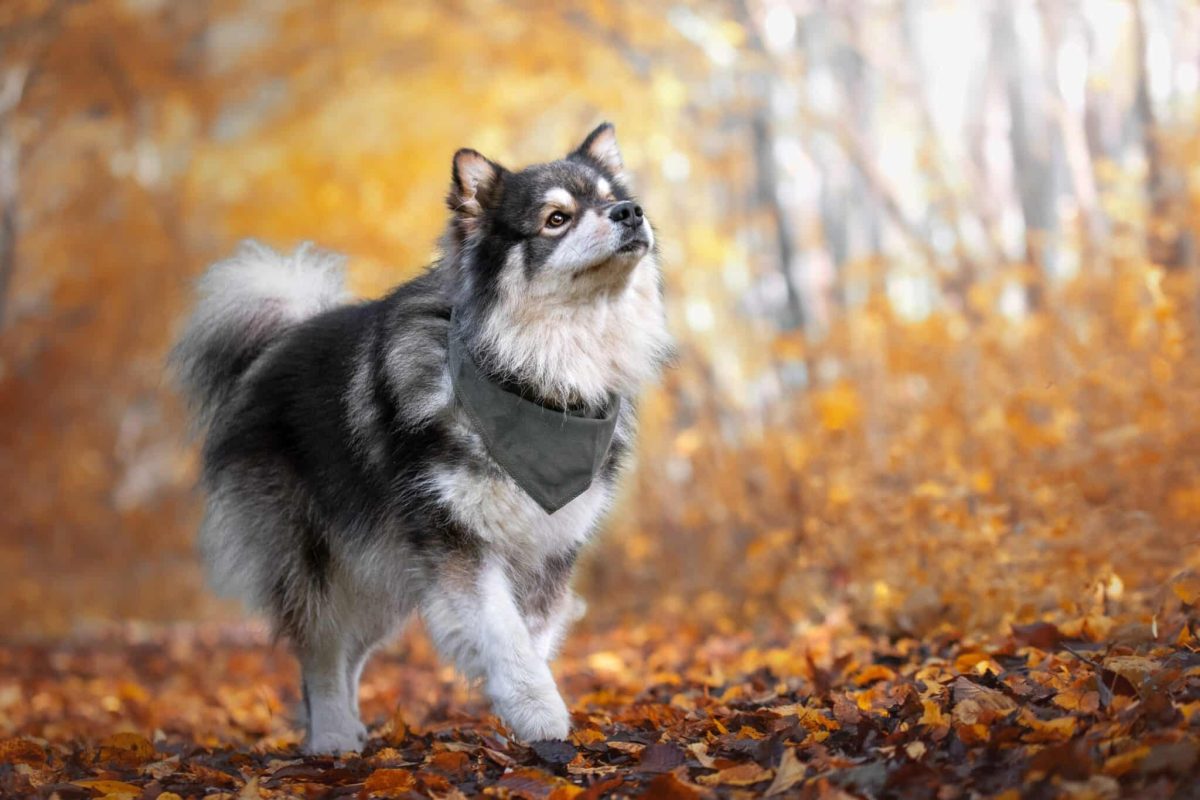




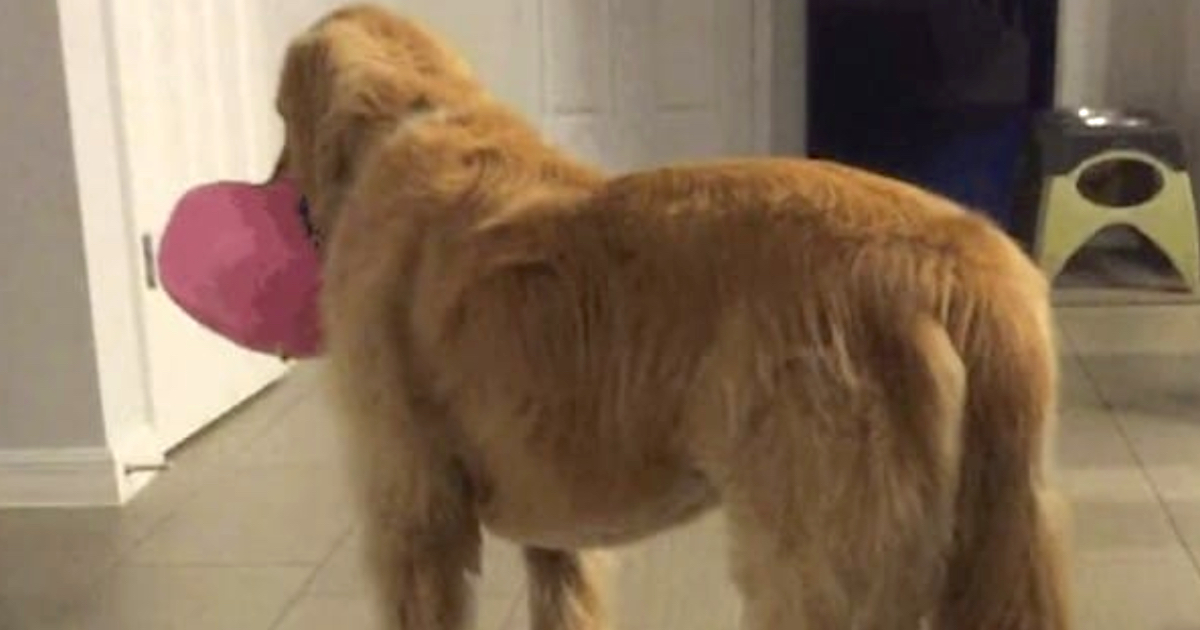

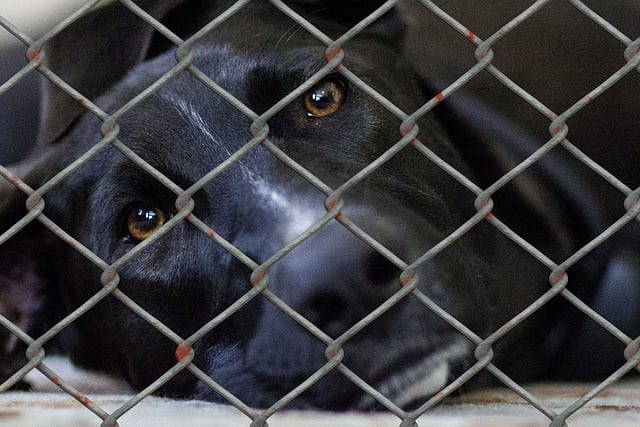
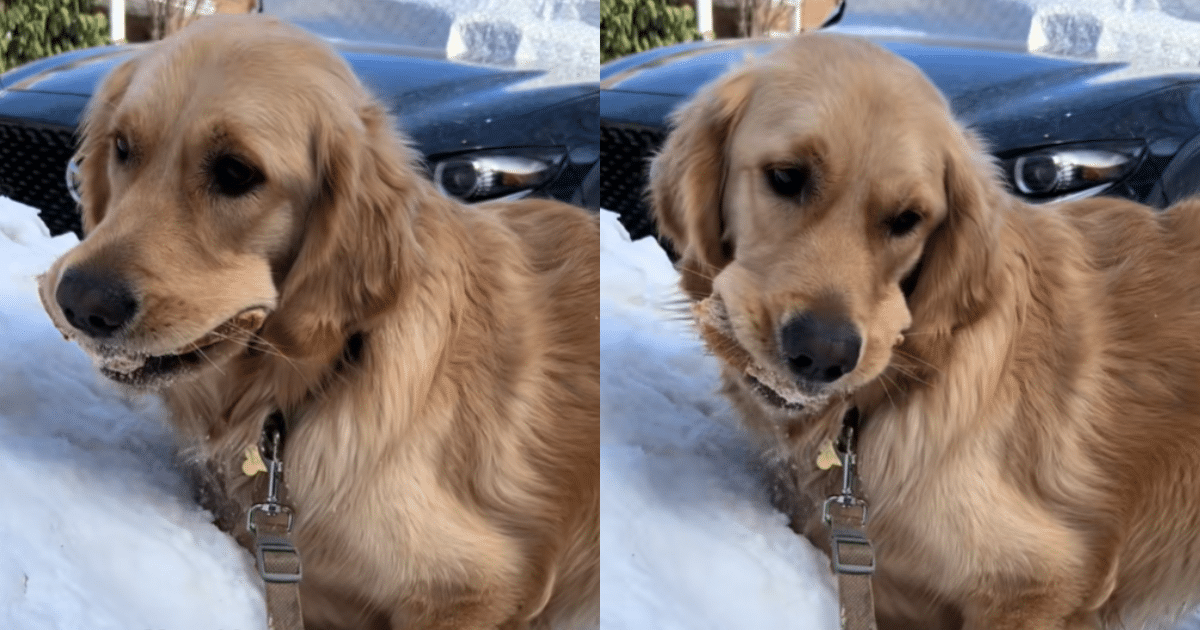
 English (US) ·
English (US) ·